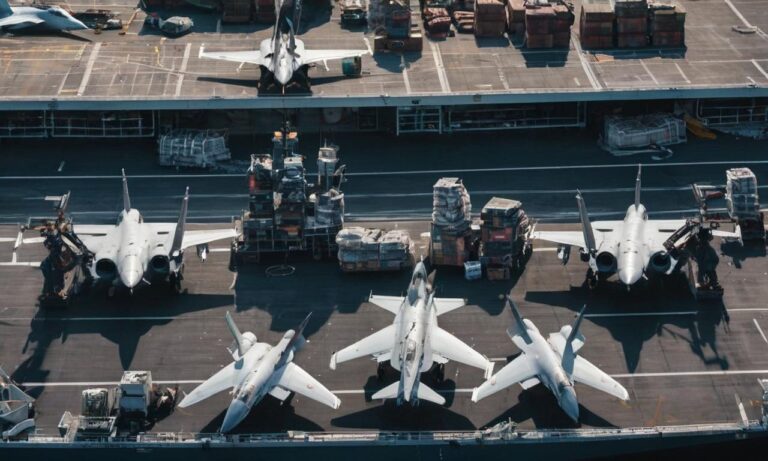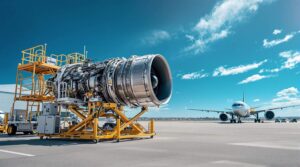An aircraft carrier, a colossal vessel designed for the deployment of military aircraft, is an awe-inspiring marvel of engineering and strategic power projection. The number of planes aboard an aircraft carrier is contingent upon several factors, including its class, size, and specific mission requirements.
The Varied Capacities of Aircraft Carriers
There’s no one-size-fits-all answer to the question. Carriers come in various sizes and classes, influencing their respective capacities. For instance, a Nimitz-class carrier, one of the most well-known, can typically carry around 60 to 90 aircraft. In contrast, the smaller Gerald R. Ford-class carriers boast enhanced capabilities, potentially accommodating more aircraft.
Carrier Design and Configuration
The layout and design of the carrier significantly impact the number of planes it can carry. Factors such as the size of the flight deck, hangar space, and storage capacity determine the carrier’s air wing strength. The configuration for storage and maintenance below deck is crucial in maximizing the number of aircraft a carrier can accommodate.
Role and Mission
The role the carrier plays in a specific mission also dictates the number of planes carried. Depending on the objective, a carrier may carry a mix of fighter jets, reconnaissance aircraft, helicopters, and support planes. The balance between these aircraft varies according to the mission’s nature and requirements.
Flexibility and Adaptability
Aircraft carriers are designed to be versatile and adaptable, allowing for flexibility in their operations. They can be reconfigured and adjusted based on mission demands. This flexibility impacts the number of planes they can carry at any given time.
Technological Advancements
Advancements in aviation technology continually influence carrier capabilities. Newer aircraft models might be more compact, efficient, and capable, allowing carriers to accommodate a greater number of planes while optimizing their performance and capabilities.
Conclusion
The number of planes on an aircraft carrier is not a fixed value but rather a variable that depends on a multitude of factors. From the carrier’s class and design to its role in a mission and technological advancements, numerous elements contribute to determining the aircraft-carrying capacity of these remarkable vessels.
The Varied Capacities of Aircraft Carriers
Aircraft carriers come in diverse sizes and classes, leading to varying capacities. For example, while a Nimitz-class carrier typically houses 60 to 90 aircraft, the newer Gerald R. Ford-class carriers are engineered with expanded capabilities, potentially accommodating more planes within their confines.
Carrier Configuration and Adaptability
The layout and adaptability of carriers play pivotal roles in determining their aircraft-carrying potential. Factors like deck size, hangar capacity, and below-deck storage configurations dictate the carrier’s air wing strength. Their adaptability to different aircraft types and sizes influences the overall number housed.
Role and Mission Dynamics
Each carrier’s aircraft count is tailored to its specific mission objectives. From fighter jets to reconnaissance and support aircraft, the composition fluctuates based on mission requirements. The balance between these types shifts depending on the nature of the task at hand.
Flexibility and Technological Leaps
Carriers embody adaptability, allowing for rapid reconfigurations to suit mission needs. Their ability to adjust the aircraft mix and setup impacts the number they carry. Additionally, technological advancements continually impact carrier capabilities, with newer, more efficient aircraft models optimizing carrier space.
Innovations Shaping Capacities
Continual advancements in aviation technology influence carrier capacities. Smaller, more capable aircraft models contribute to maximizing carrier space, enabling a greater number of planes to be carried while enhancing operational effectiveness.
Frequently Asked Questions
1. How many types of aircraft can an aircraft carrier typically accommodate?
| Type of Aircraft | Estimated Count |
|---|---|
| Fighter Jets | 30-40 |
| Reconnaissance Aircraft | 5-10 |
| Support and Helicopters | 20-30 |
Conclusion
The number of planes aboard an aircraft carrier is a dynamic variable shaped by various elements, from carrier design and technological progress to mission objectives and adaptability. This variability underscores the impressive complexity of these vessels and their capabilities.






